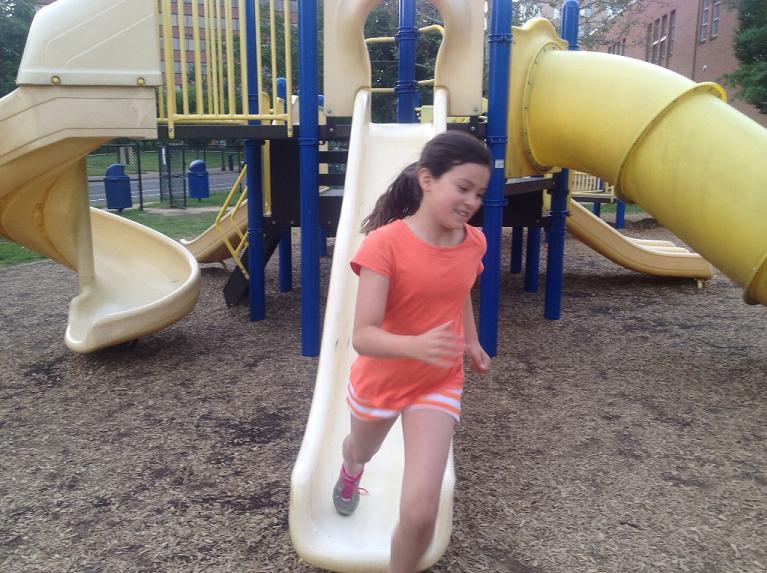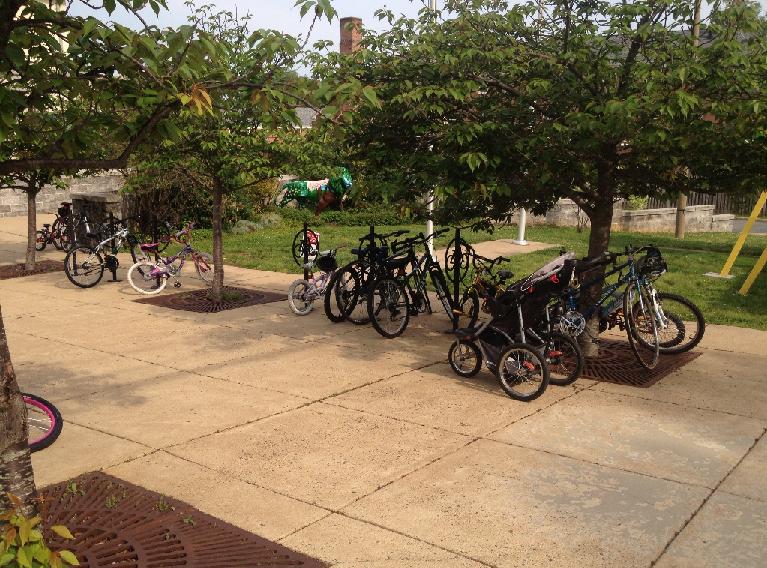The last Be Active Your Way blog entry referenced the recently-released Institute of Medicine (IOM) report entitled, “Educating the Student Body: Taking Physical Activity and Physical Education to School.” Key among the report’s recommendations, as noted here previously, is a Whole of School approach to physical activity.
Following this approach, the report said, will help ensure all students meet the Department of Health and Human Services youth recommendations for at least 60 minutes of moderate to vigorous physical activity each day. The IOM noted strategies – such as active transport to and from school, sports, recess, active classroom lessons, and before- and after-school activities – that when implemented together, can help children attain the daily activity minimum, leading to better health, development, and academic performance.
So, according to the IOM report, what steps should be taken to implement such a “Whole of School” approach ?
Consider physical activity in all school-related policy decisions. Individuals or committees that are not already responsible for established health-related initiatives such as substance abuse prevention or nutrition – should be assigned responsibility for physical activity programs and activities. Policymakers should specify objectives for moderate and vigorous physical activity during the various parts of the school day (such as academic classes, physical education classes, recess, before- and after-school programs, and transportation).

Above: Multi-sport training before school in the morning is more fun when you use the whole playground!
Physical education should be designated as a core subject by the Department of Education because “it is foundational for lifelong health and learning.” Mandatory physical education in schools is the only guarantee of students gaining access to physical activity, and the only school subject that teaches the knowledge, skills, and motivation to engage in lifelong physical activity.
Physical activity should be monitored. There currently is little data available about physical activity behaviors during school. Public health agencies at all levels (federal, state, and local), as well as educators, should “monitor policies and behaviors pertaining to physical activity and physical education in the school setting so as to provide a foundation for policy and program planning, development, implementation, and assessment.”
The IOM report listed numerous possible actions federal departments and agencies might undertake to facilitate this, including collaboration with the Department of Education and Department of Health and Human Services to make available information about physical activity policies and students’ physical activity behaviors. The Centers for Disease Control and Prevention could strive to improve the Youth Risk Factor Behavior Surveillance System (YRBSS) and National Health and Nutrition Examination Survey (NHANES) to better capture school-related physical activity.
Other possible actions range from developing or updating monitoring systems and other information collection systems to training state and local health departments and school systems.
Preservice training and professional development for teachers is an importantpart of a whole of school approach. Colleges and universities should train teachers before they begin their careers, and continuing education programs should provide in-service training to enable teachers to promote physical activity across the curiculum throughout the school day. Requirements should be established for physical education and for pre-service and continuing education for all teachers and administrators.
Lastly, the IOM report called for equity in access to physical activity and physical education. The report recommended that administrators at all levels be sure that programs and policies address existing disparities in physical activity. All students should have equal access to facilities and opportunities for physical activity and quality physical education in order to meet the Physical Activity Guidelines for youth of at least 60 minutes per day.

Above: Going to school is more fun on a bike.
What are your thoughts about the IOM’s recent report? Share them here!